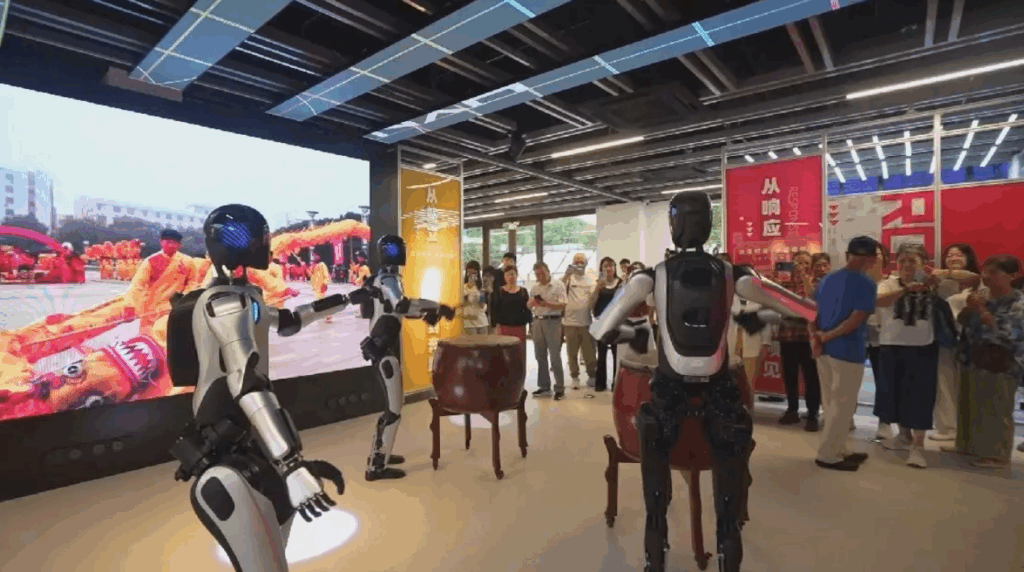China has officially inaugurated its first-ever Humanoid Robots Experience Center in the city of Wuxi, Jiangsu Province, marking a major step toward positioning the country as a global leader in artificial intelligence and robotics.
The center features eight immersive interactive zones, with activities ranging from boxing matches and chess to business-related services and even household tasks.
One of the main attractions was an advanced robotic dog that impressed visitors with its ability to play, carry parcels, and complete various daily tasks, showcasing the rapid advancements in China’s robotics industry.
From Industry to Services
Experts emphasize that the use of humanoid robots will gradually expand beyond traditional industries such as automobile manufacturing, electronics production, and smart logistics.
Over the next five years, their role is expected to grow significantly in the commercial services sector.
According to Zhong Xinglong, Director of the Artificial Intelligence Research Office at the China Center for Information Industry Development, the global humanoid robot market is projected to reach $154 billion by 2035.
By 2045, China alone is expected to have over 100 million humanoid robots working across different industries, with a market value estimated at around 10 trillion yuan ($1.4 trillion USD).
Humanoid Robots Serving People: A Future Vision
Humanoid robots are expected to play a crucial role in various areas, including:
- Elderly care.
- Medical rehabilitation.
- Retail and customer services.
- Business operations and household management.
Experts predict that within the next 5 to 10 years, the humanoid robotics industry will merge with personal computers and smartphones, creating a massive and fully integrated industrial ecosystem.

Data-Driven Development and Unified Training
The new experience center also provides a strategic advantage by collecting large amounts of data through diverse real-life scenarios.
This data will be used by robotics companies to improve their AI systems and enhance robot performance.
Previously, Chinese companies faced challenges in training robots separately, with high costs and no unified standard for data.
These centers now solve that issue by providing equal training opportunities for all robots, aligning with China’s national robotics strategy.
China’s Plan to Become a Global Power in Robotics
China has designated humanoid robots powered by AI as a strategic industry of the future.
By investing in unified training systems, immersive experience centers, and large-scale data development, the country is accelerating its path to becoming a global powerhouse in humanoid robotics.
This effort is not only about technological progress but also about shaping the future of everyday life, healthcare, commerce, and the global economy.


